Home>Maintenance & Safety>Child & Elderly Safety at Home>When Does A Child Not Need A Booster Seat In California?
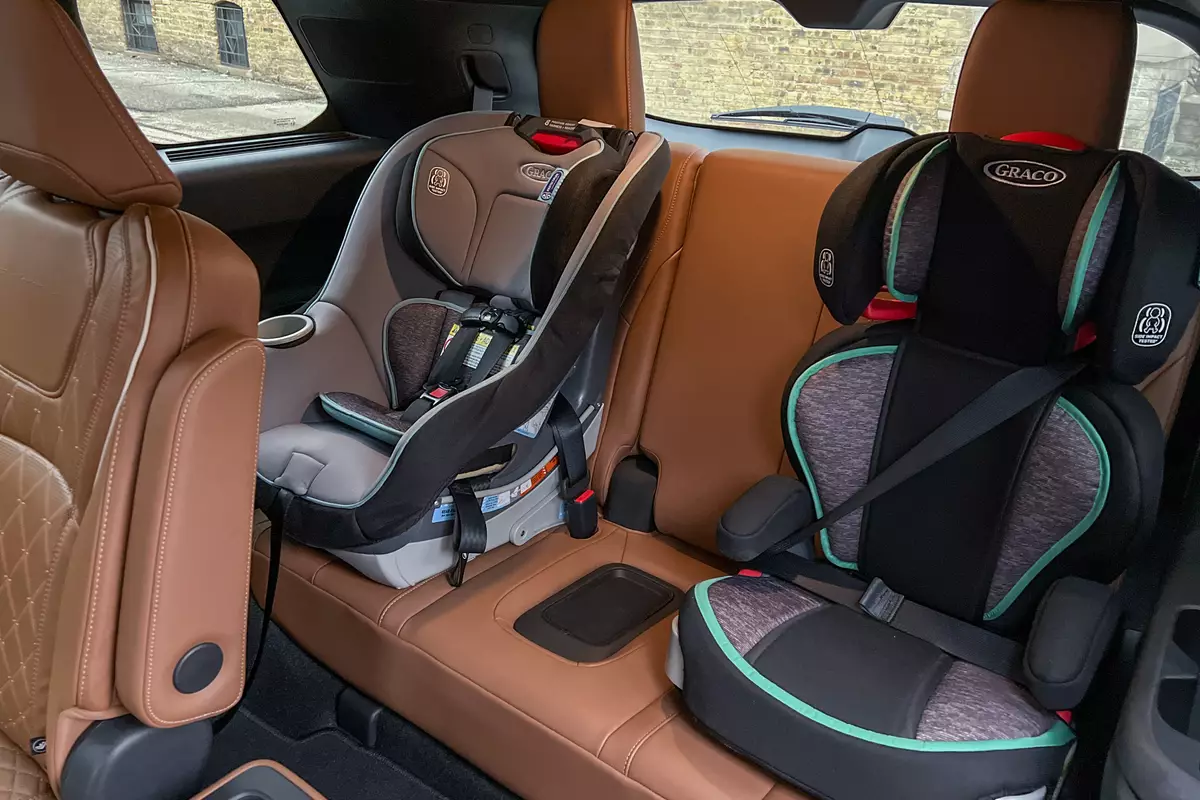

Child & Elderly Safety at Home
When Does A Child Not Need A Booster Seat In California?
Modified: March 2, 2024
Learn about the California booster seat laws and when your child can safely transition out of a booster seat. Ensure child and elderly safety at home with expert guidance.
(Many of the links in this article redirect to a specific reviewed product. Your purchase of these products through affiliate links helps to generate commission for Storables.com, at no extra cost. Learn more)
Introduction
Ensuring the safety of children and the elderly at home is a top priority for families. From installing safety gates to securing cabinets and electrical outlets, every precaution is taken to create a secure environment. However, one crucial aspect of home safety often overlooked is the proper use of booster seats for children in vehicles. In California, as in many other states, specific laws govern the use of booster seats to protect young passengers in the event of a collision. Understanding these regulations is essential for parents and caregivers to ensure the safety of their little ones while traveling on the road.
The California booster seat laws are designed to provide a comprehensive framework for the safe transportation of children. These laws outline the requirements for using booster seats based on the child's age, weight, and height. By adhering to these regulations, parents and caregivers can significantly reduce the risk of injury to children in the event of a car accident.
In this article, we will delve into the specifics of California's booster seat laws, explore when a child can safely transition from a booster seat to using a regular seat belt, and examine any exceptions to the booster seat law in the state. Understanding these guidelines is crucial for ensuring the safety and well-being of children during car travel. Let's embark on this informative journey to gain a comprehensive understanding of booster seat regulations in California.
Key Takeaways:
- Keep kids safe: In California, kids under 8 or under 4’9″ need a booster seat. Consider age, height, weight, and seat belt fit before transitioning to a regular seat belt.
- Exceptions exist: Medical conditions, taxis, emergencies, and limited space may exempt kids from booster seat laws. Safety first, but be aware of special circumstances.
California Booster Seat Laws
In California, the laws regarding booster seat usage are aimed at safeguarding the lives of young passengers during car travel. These regulations are based on the age, weight, and height of the child, with the primary goal of ensuring that children are adequately protected in the event of a collision.
According to California law, children under the age of 8 must be secured in a car seat or booster seat in the back seat of the vehicle. Additionally, children who are under 8 years old but are at least 4 feet 9 inches tall may be secured by a safety belt in the back seat. This provision emphasizes the importance of using booster seats for children who have not yet reached the height requirement for using a regular seat belt.
Furthermore, the law specifies that children under 2 years of age must be secured in a rear-facing car seat unless the child weighs 40 or more pounds or is 40 or more inches tall. This requirement aligns with national recommendations for rear-facing car seat usage, which prioritize the safety and well-being of infants and toddlers during car travel.
It's important to note that the California booster seat laws are not only intended to prevent injuries but also to ensure that children are properly restrained in vehicles, reducing the risk of ejection in the event of a crash. By adhering to these regulations, parents and caregivers can play a pivotal role in mitigating the potential dangers associated with car travel for young passengers.
In essence, the booster seat laws in California serve as a crucial component of child safety measures, emphasizing the significance of using appropriate car seats and booster seats to protect children while on the road. Understanding and complying with these laws are essential for promoting the well-being and safety of young passengers during car travel in the state.
In California, a child does not need a booster seat when they are at least 8 years old or 4’9″ tall. It’s important to follow the state’s guidelines to ensure the child’s safety.
When Can a Child Stop Using a Booster Seat?
Determining when a child can transition from using a booster seat to using a regular seat belt is a critical consideration for parents and caregivers. While California law mandates the use of booster seats for children under the age of 8, there are specific guidelines that indicate when a child may no longer require a booster seat for safe travel.
The general consensus among safety experts is that a child can stop using a booster seat when they meet the following criteria:
-
Age and Maturity: While the law in California specifies the age of 8 as the threshold for booster seat usage, it's essential to consider the child's maturity and readiness to transition to using a regular seat belt. Some children may reach the age of 8 but still lack the physical development and maturity to safely use a seat belt without the additional support provided by a booster seat.
-
Height and Weight: The decision to transition a child from a booster seat to a regular seat belt is closely tied to their height and weight. Typically, a child can stop using a booster seat when they reach a height of 4 feet 9 inches, as specified by California law. Additionally, the child's weight is a crucial factor, as they should be able to sit against the vehicle seat back with their knees bent at the edge of the seat and their feet touching the floor.
-
Proper Seat Belt Fit: When considering whether a child can safely transition from a booster seat, it's important to ensure that the vehicle's seat belt fits them properly. This includes the lap belt lying snugly across the upper thighs, not the stomach, and the shoulder belt crossing the chest and collarbone, rather than the neck or face.
-
Understanding and Compliance: A child should demonstrate an understanding of the importance of wearing a seat belt and the significance of following safety guidelines while in a vehicle. Their ability to comprehend and adhere to these principles is a crucial aspect of transitioning from a booster seat to using a regular seat belt.
By carefully evaluating these factors, parents and caregivers can make an informed decision regarding when a child can safely stop using a booster seat. It's important to prioritize the safety and well-being of the child, ensuring that they are adequately protected during car travel while also complying with the relevant laws and regulations.
In essence, the transition from a booster seat to a regular seat belt should be approached with careful consideration of the child's physical development, maturity, and ability to adhere to safety guidelines, ultimately prioritizing their safety and comfort during car travel.
Exceptions to the Booster Seat Law in California
While California's booster seat laws are designed to ensure the safety of young passengers during car travel, there are specific exceptions that warrant consideration. These exceptions provide flexibility in certain circumstances where the standard booster seat requirements may not be feasible or appropriate. Understanding these exceptions is crucial for parents and caregivers to navigate various scenarios while prioritizing the safety and well-being of children.
-
Medical Exemptions: In some cases, a child's medical condition or physical characteristics may necessitate an exemption from the standard booster seat requirement. Children with certain medical conditions or disabilities that make the use of a booster seat impractical or potentially harmful may be exempt from this regulation. It's essential for parents and caregivers to consult with healthcare professionals to determine if a medical exemption is warranted for their child.
-
Taxi and Rideshare Services: When children are traveling in taxis or rideshare vehicles, the booster seat requirement may pose challenges, as these vehicles may not be equipped with the necessary child safety restraints. In such instances, California law provides an exception for children using taxi or rideshare services, acknowledging the limitations of securing booster seats in these vehicles. However, parents and caregivers should make every effort to ensure the child's safety within the available constraints, such as using the vehicle's seat belt to secure the child as effectively as possible.
-
Unforeseen Emergencies: In unforeseen emergency situations, such as a sudden need to transport a child in a vehicle without access to a booster seat, an exception to the standard requirement may apply. While these situations are rare, the priority remains the safety of the child. In such cases, it's crucial for parents and caregivers to take additional precautions to secure the child as safely as possible within the vehicle, utilizing the available safety restraints to the best of their ability.
-
Limited Seating Space: In certain vehicles where space constraints make it impractical to accommodate a booster seat for a child, an exception to the standard requirement may be warranted. This could occur in situations where multiple passengers or cargo occupy the available seating space, making it challenging to install a booster seat for the child. In such cases, parents and caregivers should prioritize the child's safety by ensuring that the available safety restraints, such as the vehicle's seat belt, are utilized effectively to secure the child during travel.
Understanding these exceptions to the booster seat law in California is essential for parents and caregivers to navigate various scenarios while prioritizing the safety and well-being of children during car travel. By being aware of these exceptions and their implications, individuals can make informed decisions that align with the relevant regulations while ensuring the optimal safety of young passengers.
Frequently Asked Questions about When Does A Child Not Need A Booster Seat In California?
Was this page helpful?
At Storables.com, we guarantee accurate and reliable information. Our content, validated by Expert Board Contributors, is crafted following stringent Editorial Policies. We're committed to providing you with well-researched, expert-backed insights for all your informational needs.
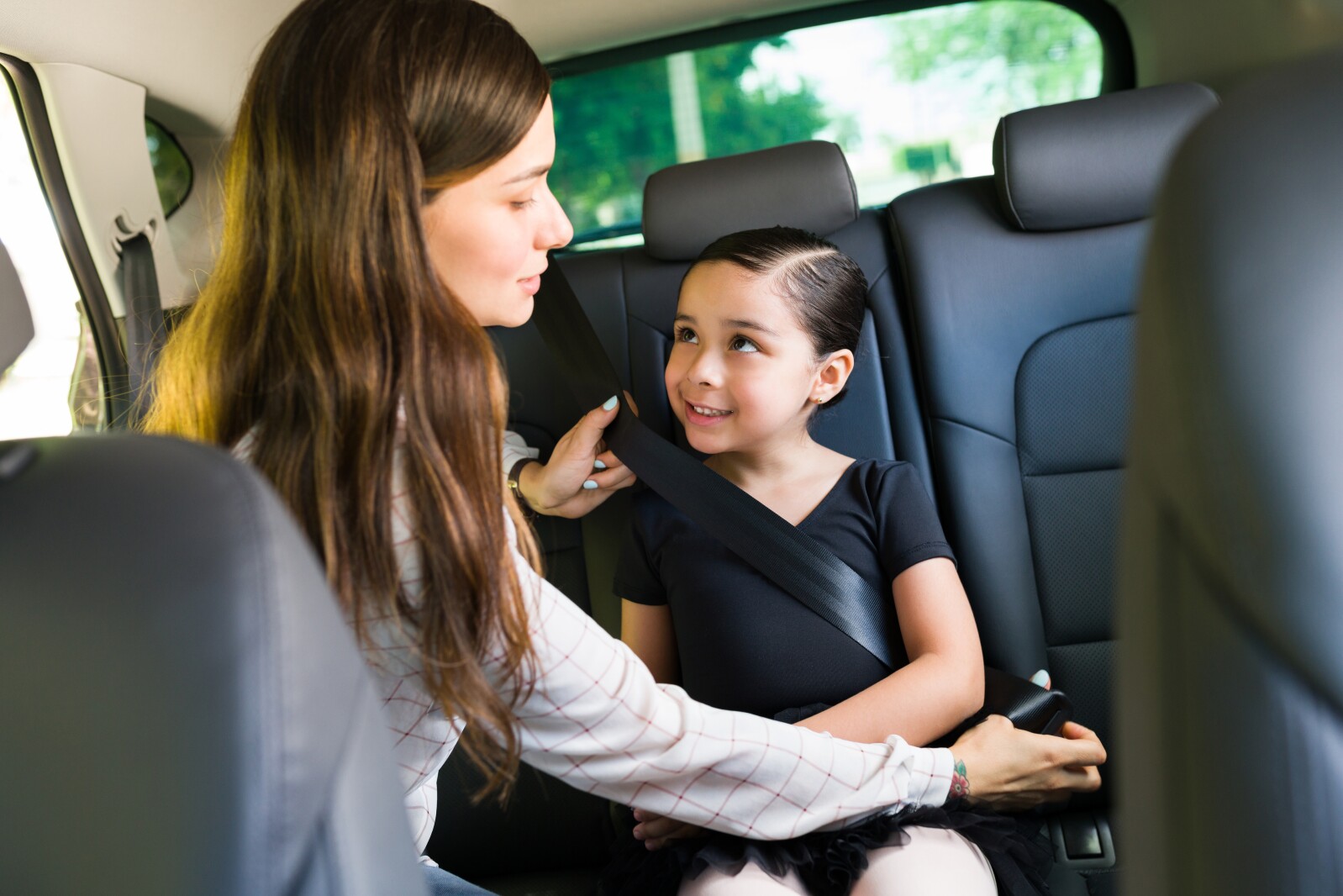
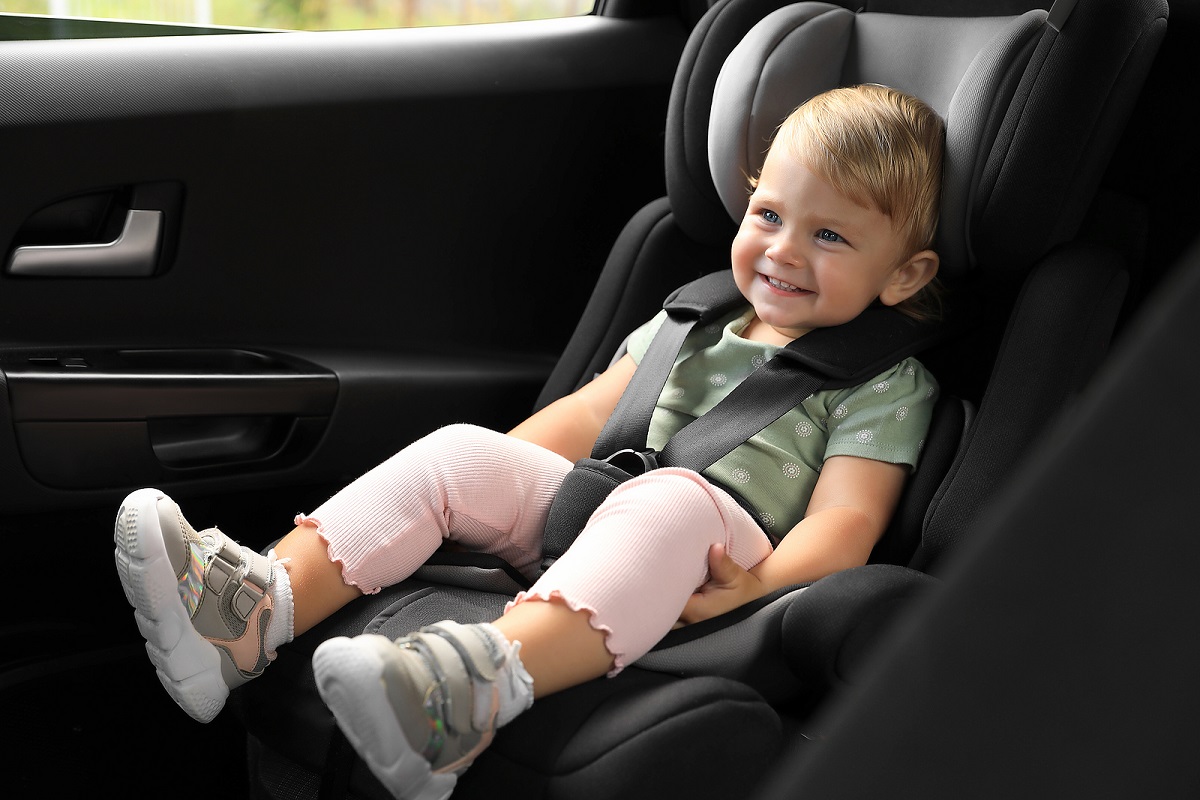
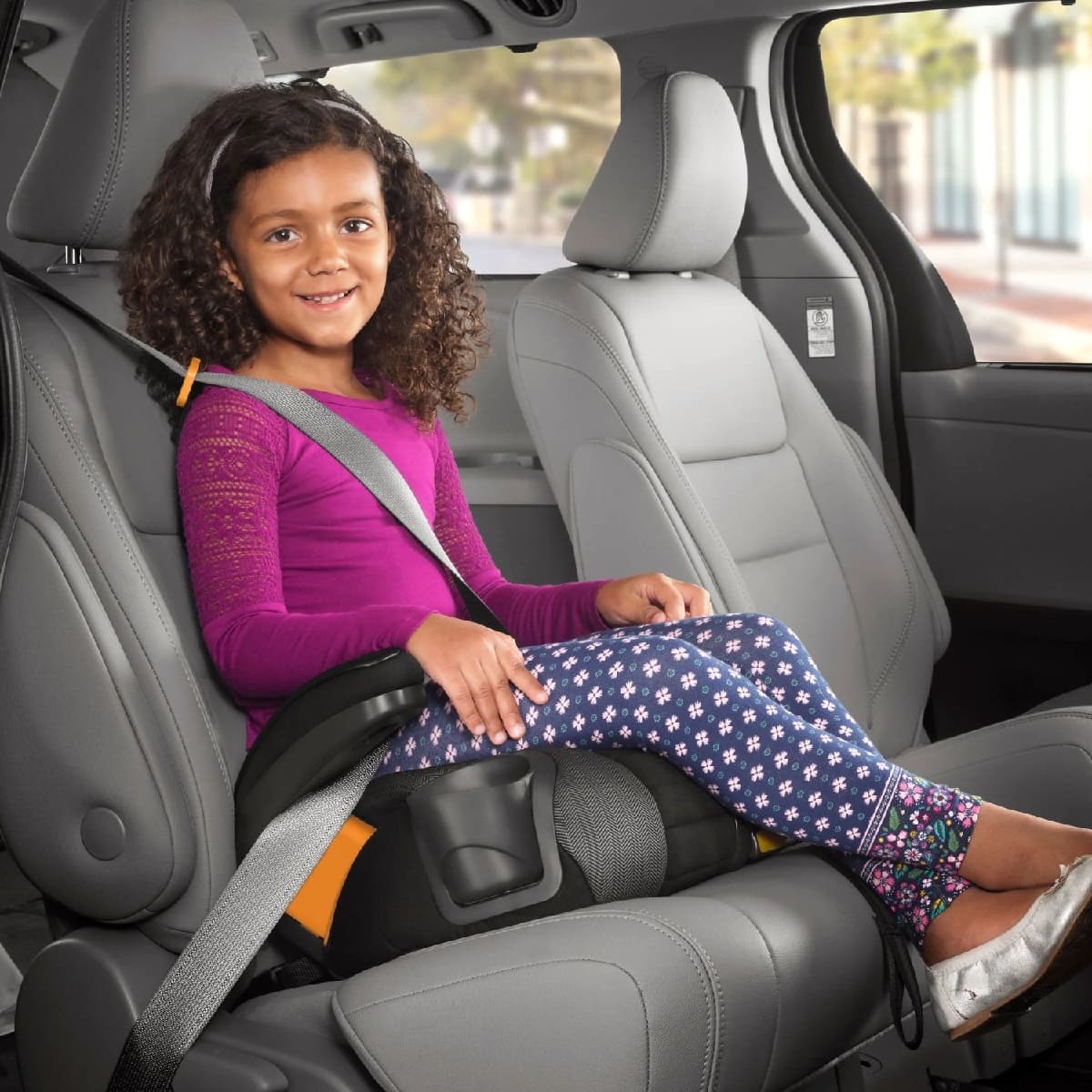
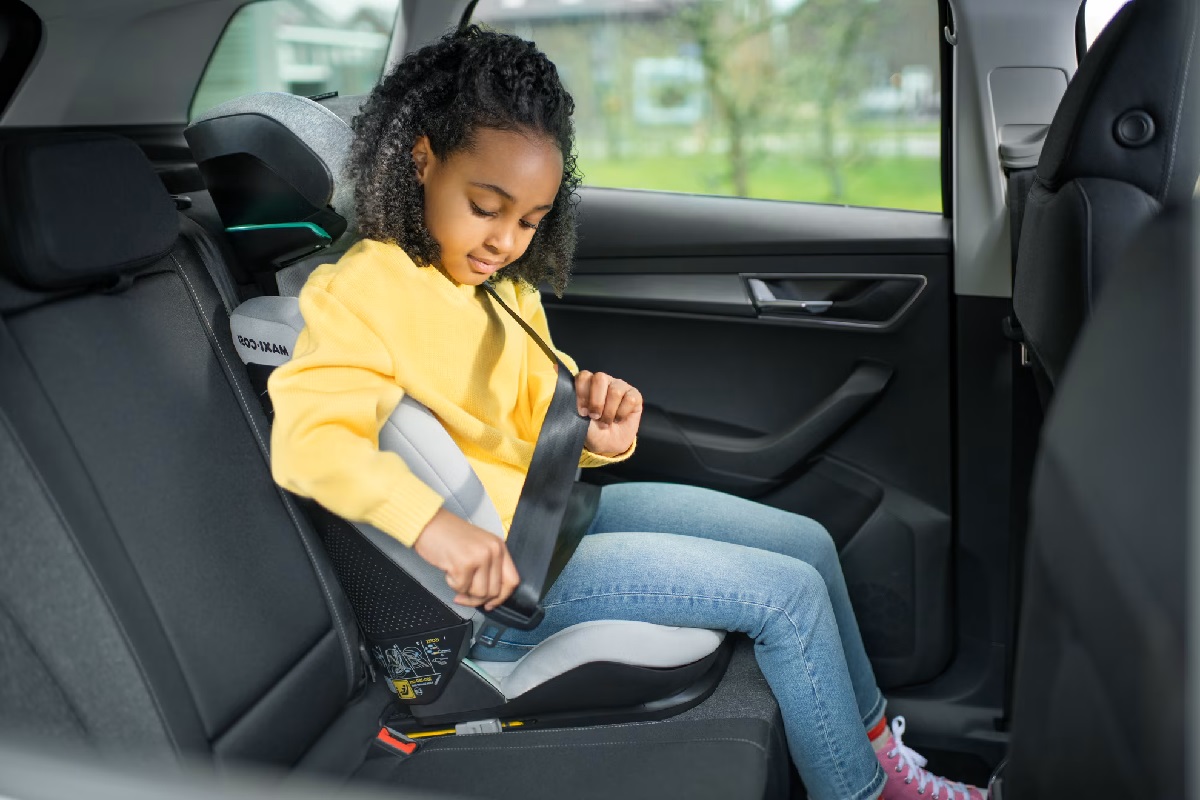

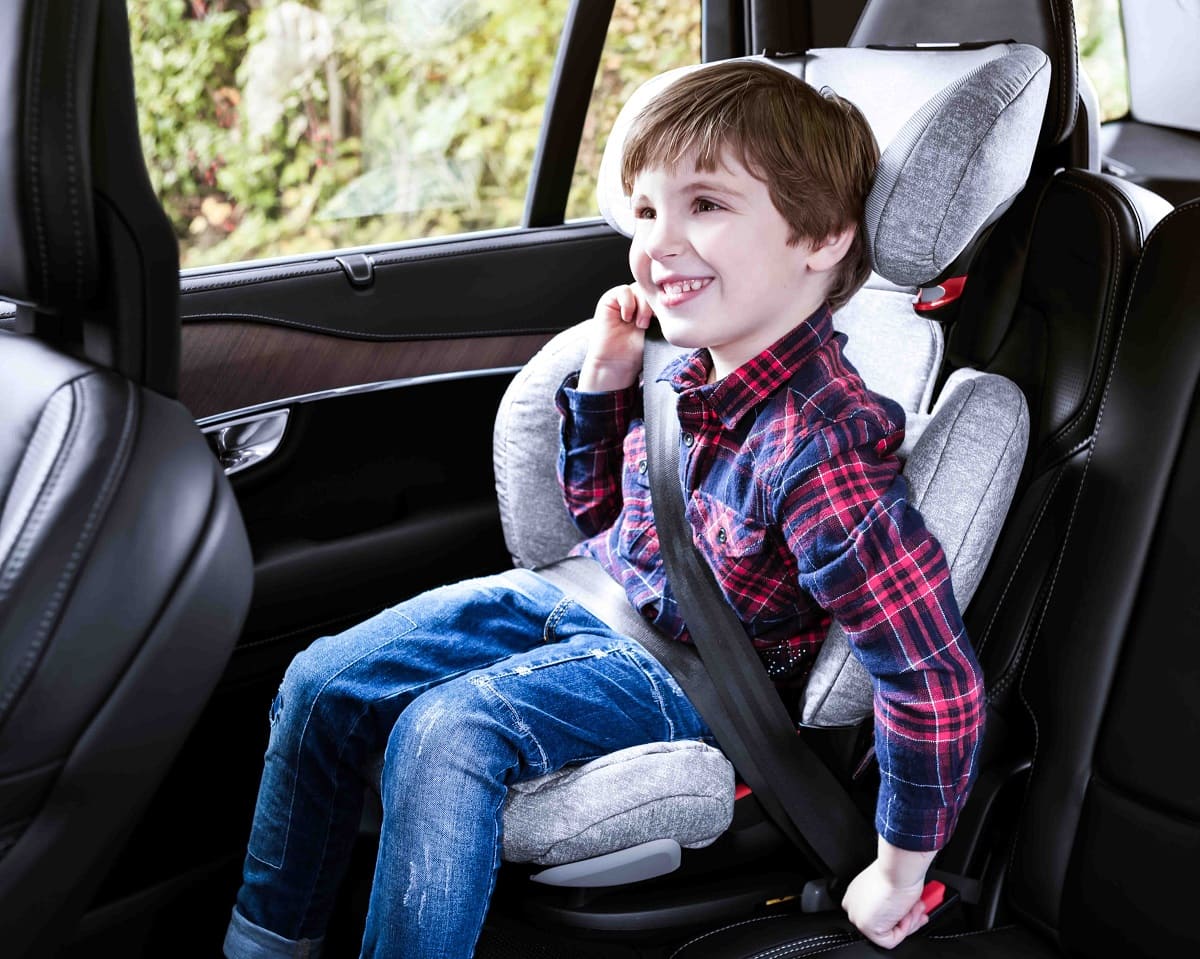
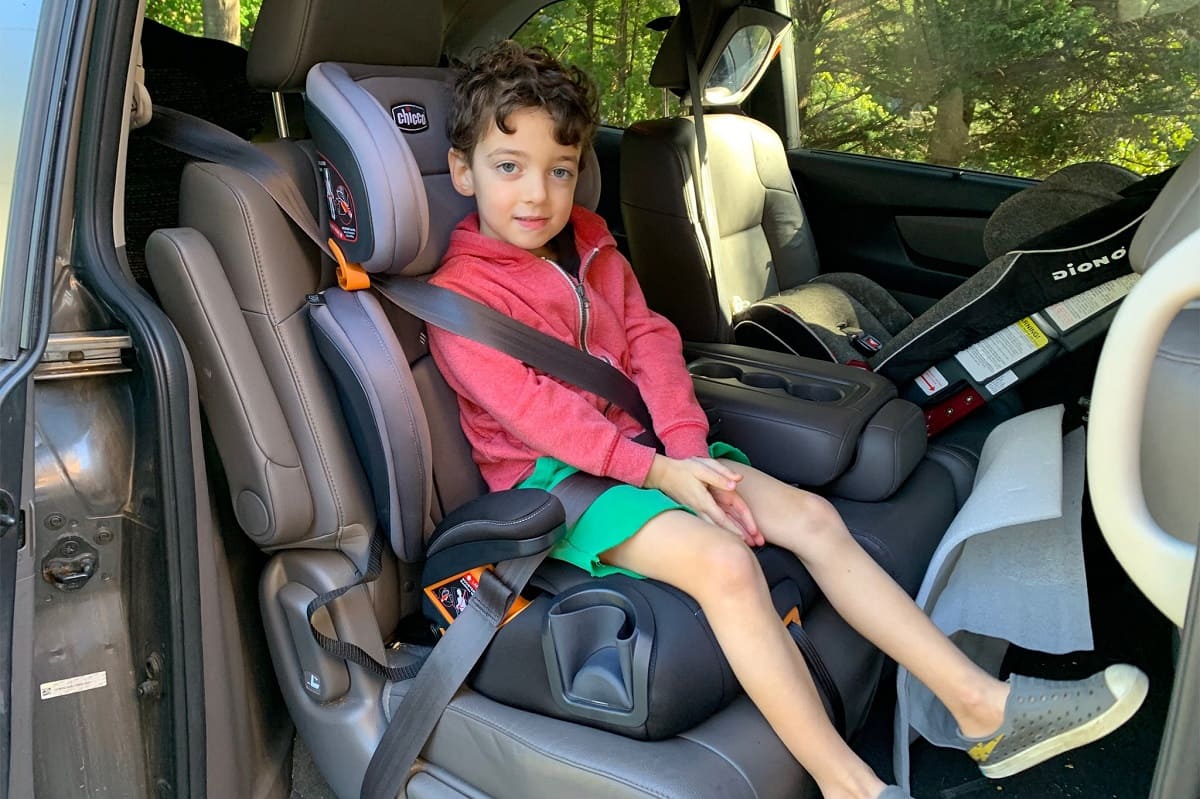
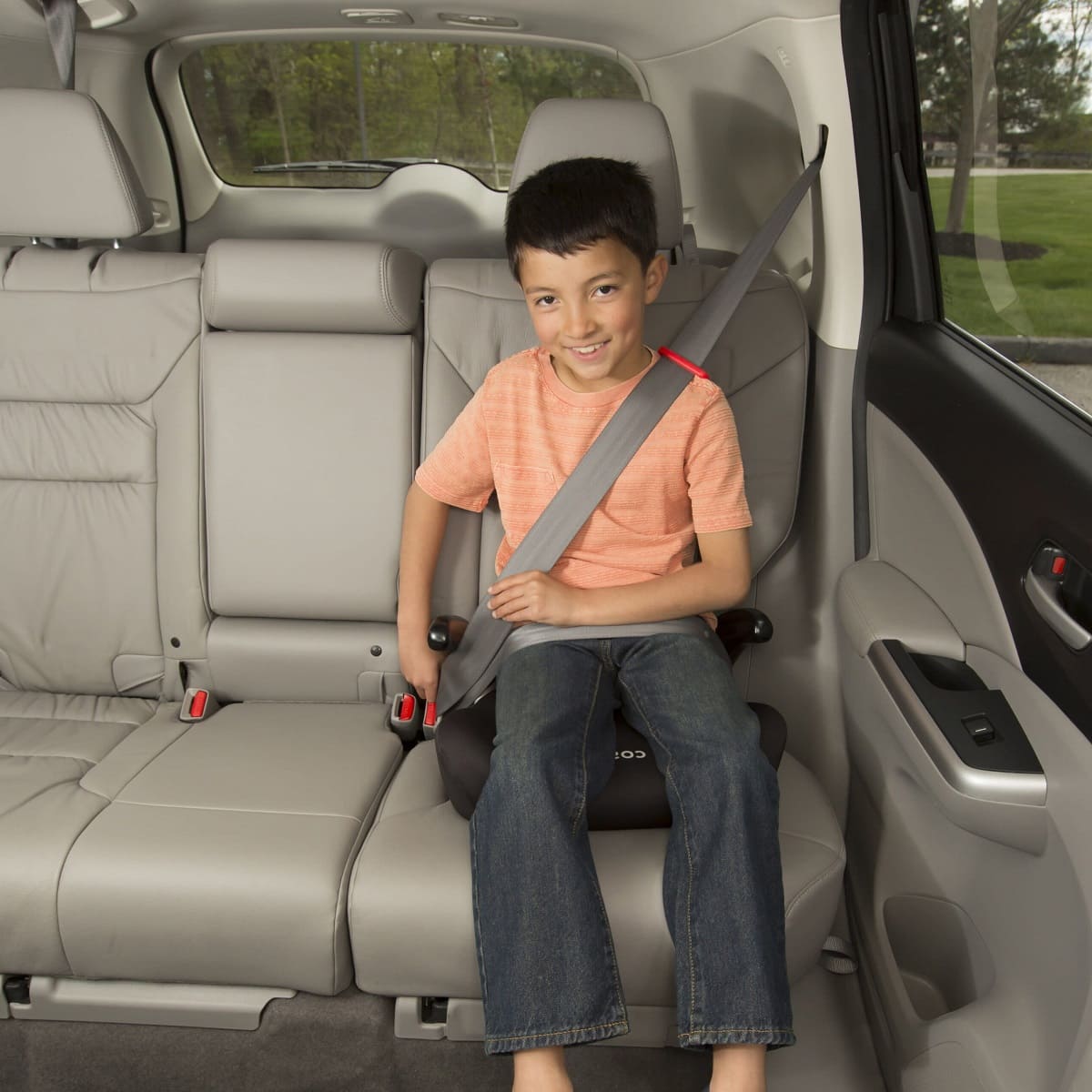
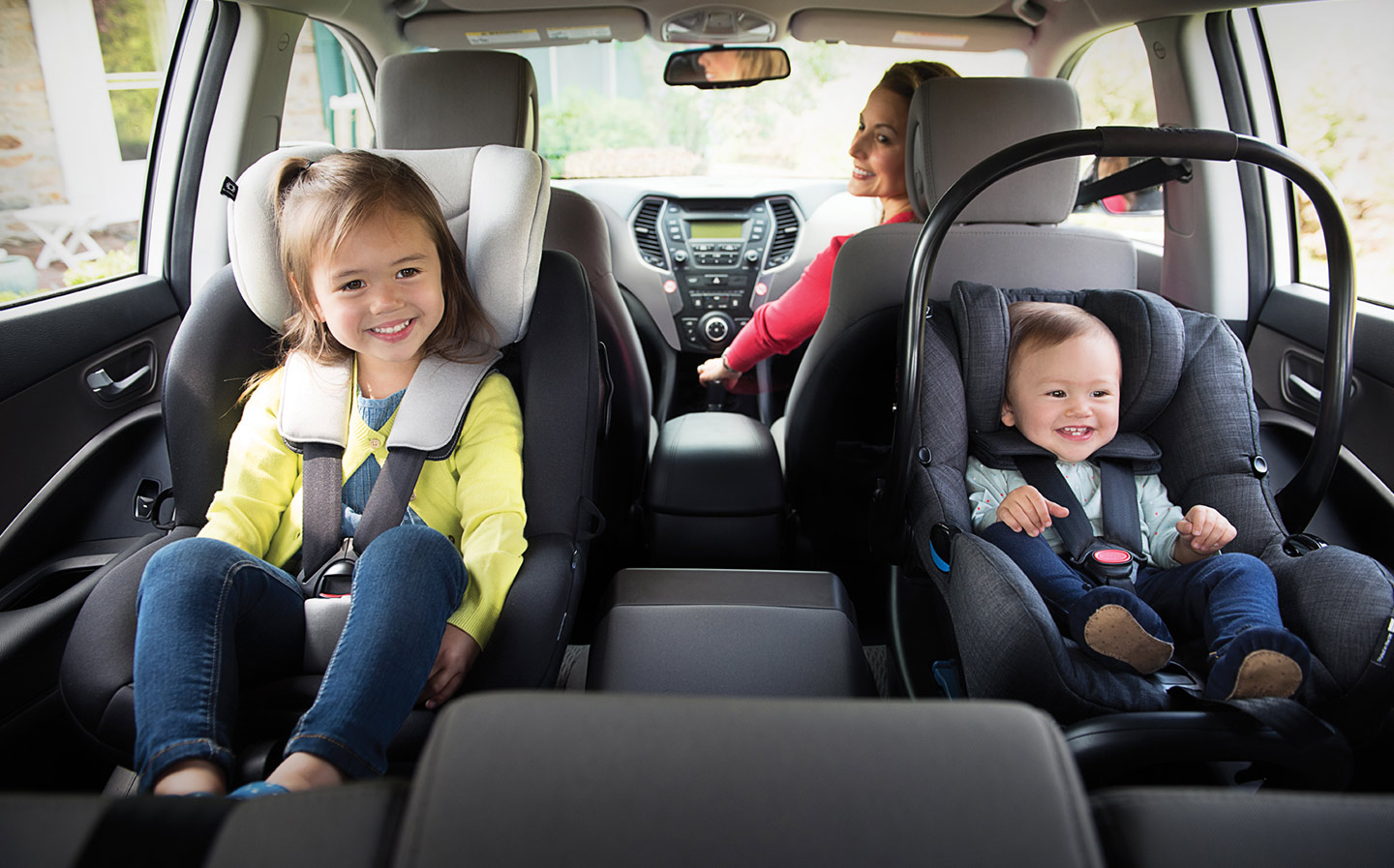

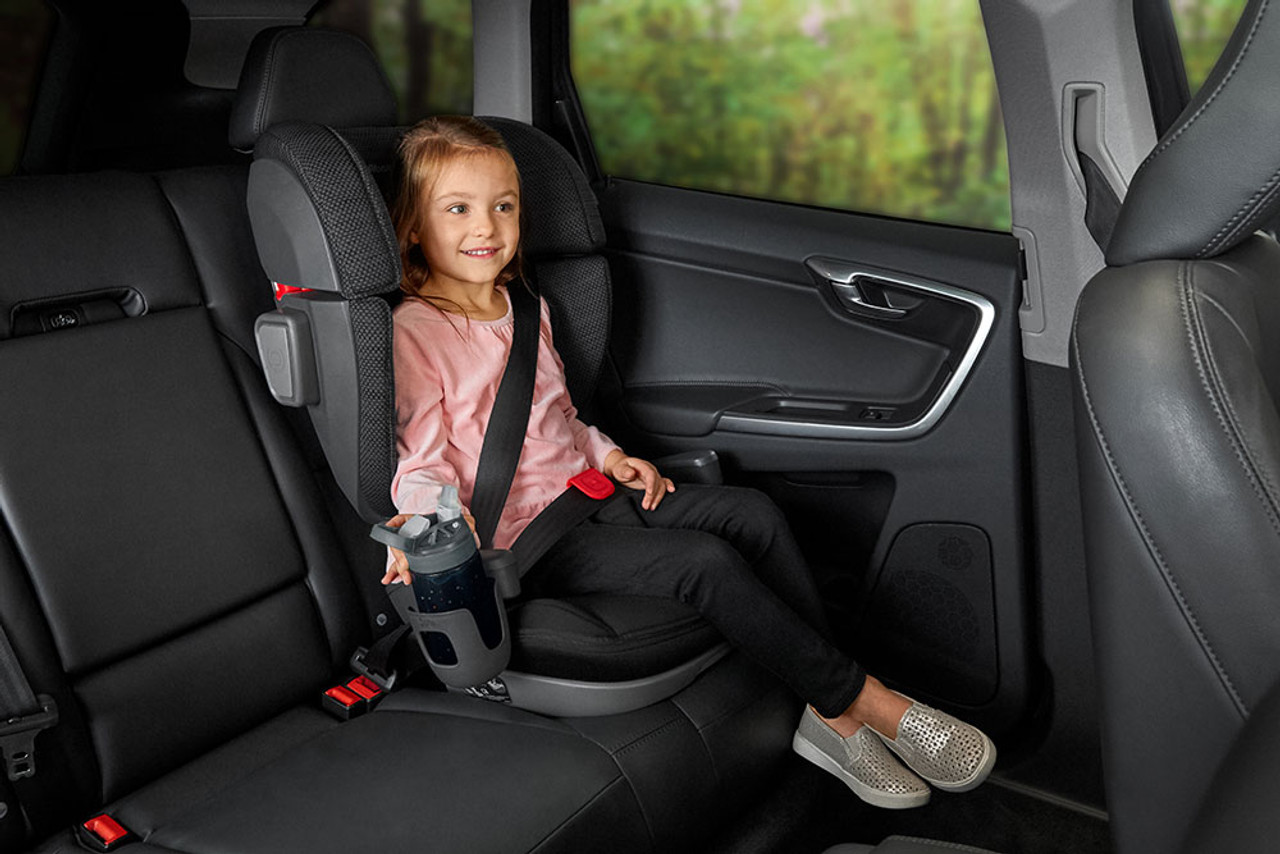

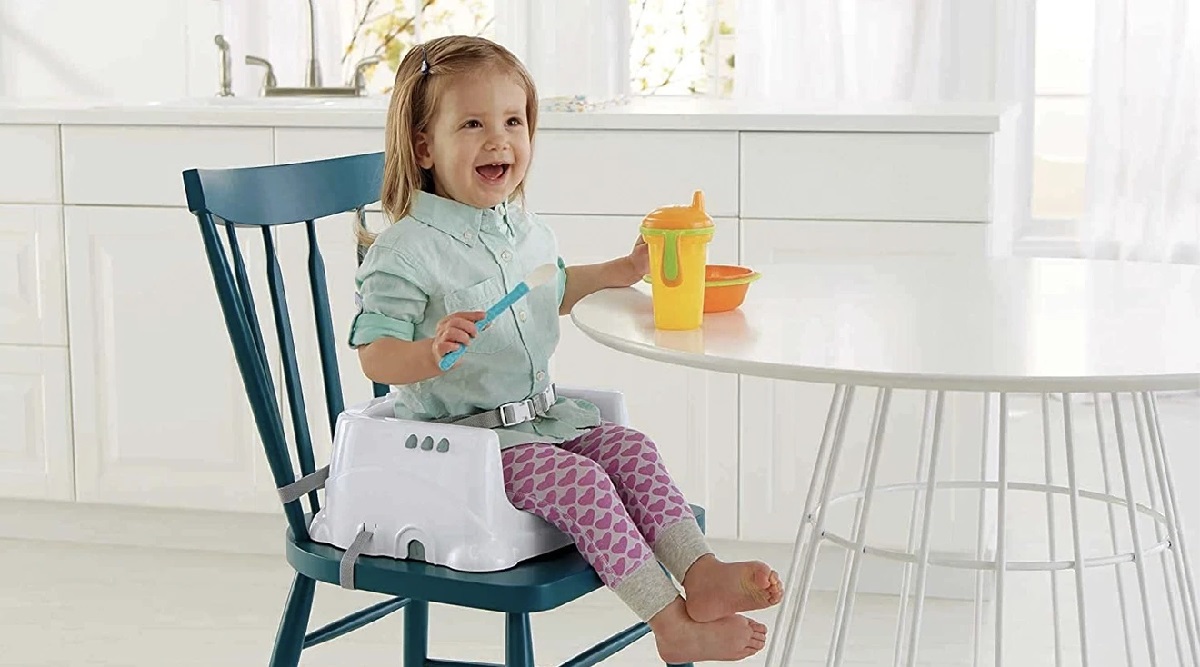

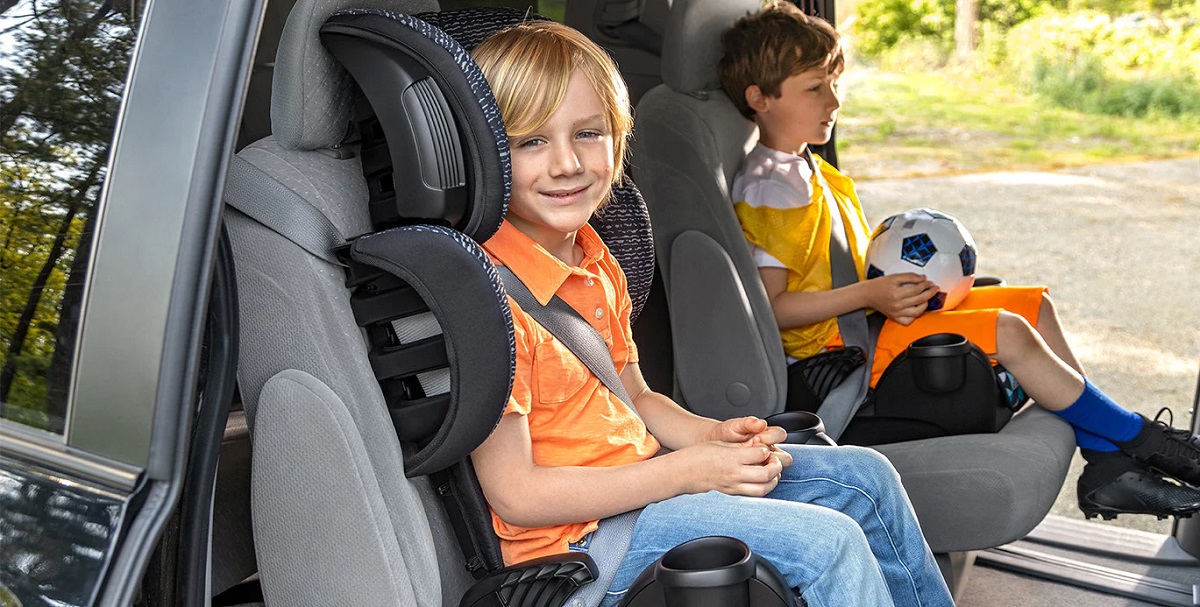

0 thoughts on “When Does A Child Not Need A Booster Seat In California?”